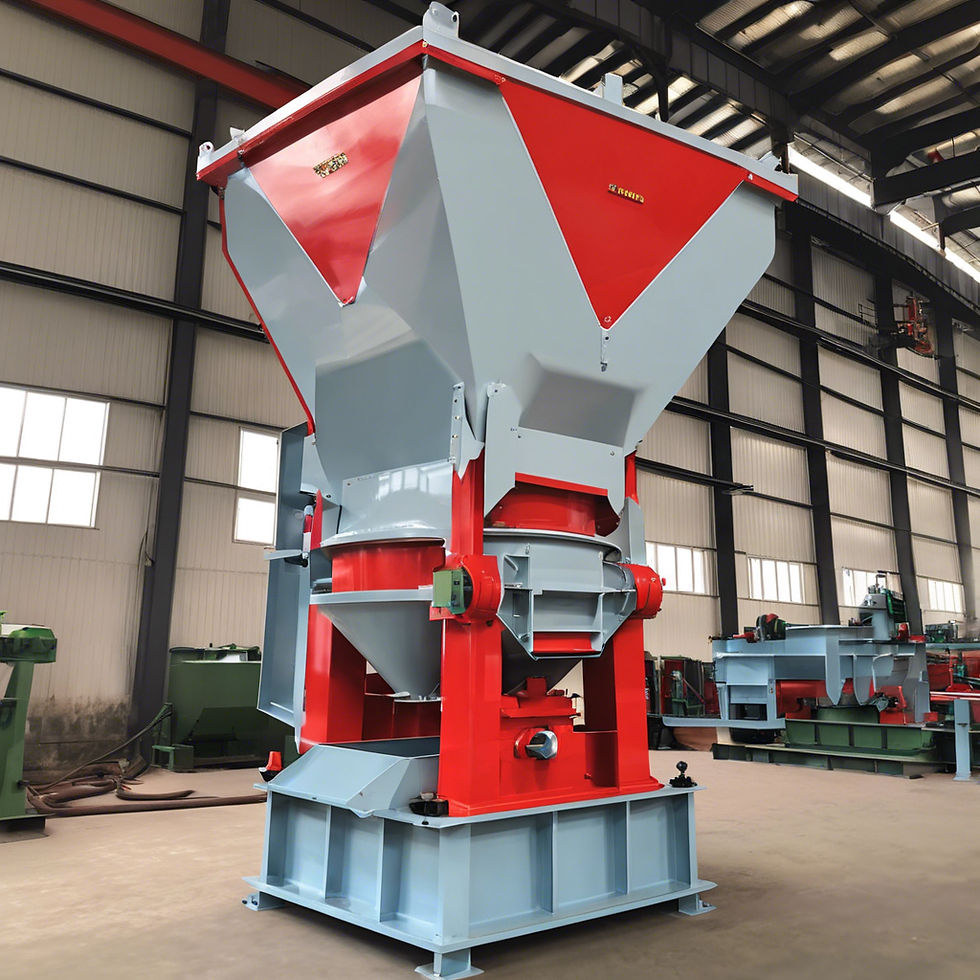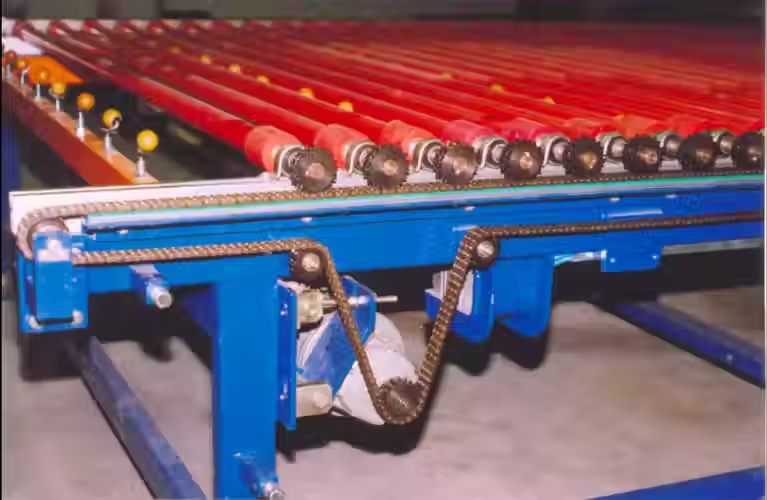Vibratory Feeder Manufacturers
- Jaswanth srinivas
- Oct 22, 2024
- 2 min read
Vibratory Feeder Manufacturers
A vibratory feeder is a crucial piece of equipment in industries that rely on the controlled flow of materials. It is a device that uses vibration to transport and feed bulk materials, such as powders, granules, or small parts, from one place to another in a controlled manner. Vibratory feeders are used in a variety of industries, including manufacturing, food processing, mining, and recycling, to handle everything from small electronic components to large industrial materials.
Vibratory Feeder Manufacturers: An Overview
Manufacturers of vibratory feeders design and build these systems to ensure they meet the specific requirements of different industries. Their primary goal is to create machines that enhance efficiency, accuracy, and reliability in the material handling process.
These feeders consist of a tray or tube mounted on springs, which vibrate to convey the material. Vibration is induced by electromagnets, mechanical drives, or pneumatic systems, and the frequency and amplitude can be adjusted to match the material type and flow rate required. The materials move in a linear or circular motion, depending on the design of the feeder.
Features of Vibratory Feeders
Controlled Material Flow: Vibratory Feeder Manufacturers allow for precise control over the flow of materials. The speed and frequency of the vibrations can be adjusted to ensure an even and consistent feed, minimizing waste and improving product quality.
Customizable Design: Manufacturers often offer customizable designs to fit specific applications. Different tray shapes, sizes, and orientations can be tailored to accommodate different materials and handling requirements.
Durability and Reliability: Made from robust materials like stainless steel, vibratory feeders are designed to withstand harsh industrial environments. They offer long-lasting performance with minimal maintenance, making them a cost-effective choice for many industries.
Energy Efficiency: Vibratory feeders typically consume less power compared to other types of feeders, as the energy is primarily used to generate vibration rather than to physically move the materials.
Hygiene and Safety: For industries like food processing and pharmaceuticals, vibratory feeders are designed with easy-to-clean surfaces and can be made from food-grade materials. This ensures that they meet hygiene and safety standards.
Major Applications
Manufacturing: In assembly lines, vibratory feeders are used to sort and position parts for assembly. This helps in automating the manufacturing process, improving speed, and reducing manual intervention.
Food Processing: In the food industry, vibratory feeders are essential for transporting dry ingredients like grains, nuts, or powders in a hygienic and controlled manner.
Mining and Recycling: These industries use heavy-duty vibratory feeders to move bulk materials like ores, aggregates, and scrap metal. Vibratory feeders play a vital role in separating, sorting, and feeding materials into crushers, grinders, or sorting machines.
Pharmaceuticals: Precise control over material flow is essential in the pharmaceutical industry to ensure accurate dosing and mixing of ingredients.
Conclusion
Vibratory feeder manufacturers play a vital role in improving efficiency across a range of industries by providing customized solutions for material handling. Whether used for small parts in assembly lines or for large-scale bulk material transportation, these feeders ensure precise control, reliability, and cost-efficiency. With constant innovations, manufacturers continue to enhance the performance and capabilities of vibratory feeders to meet the evolving demands of various sectors.




Comments